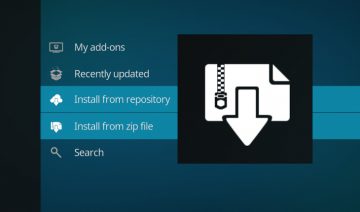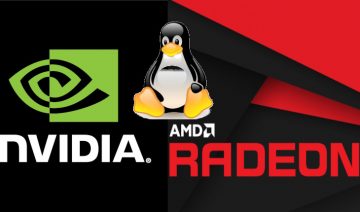Aside from the documentation, which I may say has ultimately served its purpose, it was FreeBSD 10.1 new package manager – pkg – which caused the majority of the embarrassment to the project.
As you can see (in the image example below), although this tool is considered stable (it was actually called pkgng initially – stands for ‘next generation pkg’), in my case it simply failed to deliver.
Non of the packages I’ve installed on FreeBSD 10.1 got there by using pkg, and not because I didn’t want to use it, but for the reason it just didn’t work. :(
And apparently I wasn’t the only one who experienced issues with pkg – Problem with Firefox ports and pkg on FreeBSD 10.
Last thing I want to mention about the not-so-bright side of FreeBSD is that I got quite disappointed of it at one point, where it actually froze to “death” (to wit: crashed) and I had to hard-reset in order to revive it.
That got me wondering about all those sayings I’ve read / heard in praise of FreeBSD and in particularly, its performance.
I mean, this OS is suppose to be able to deal with all kinds of loads a server or even a supercomputer might get stressed of, and now it’s easily braking by a little compiling of a home user??
To its defense however, I should mention that I haven’t assigned it a lot of RAM, so it’s probably has a lot to do with that, though it’s not a worthy excuse for a stable, claiming to be highly stress resistant OS.
[ On Gentoo for instance, before compiling from source tree, the PM warns you if there isn’t enough RAM allocated for the task. ]
But Wait, It Gets better…
Moving on, there were also things I did like about FreeBSD and those are:
- FreeBSD uses llvm / Clang compiler by default which felt a bit faster to compile packages.
- FreeBSD did manage to recognize all my hardware, a subject which used to be considered its weak spot.
- It uses rc.conf as a primary configuration file for its init technology – this is much easier to read and maintain as a home user, though it might lack features included on other init systems.
- GNOME 3.14.2 (the latest) is available in its repository / source tree, not until long ago GNOME 3 wasn’t available on FreeBSD whatsoever, not to mention the latest version.
Basically these are the main positive points I’ve found on FreeBsd 10.1 and I’m pretty sure it’ll get better in the future.
Besides that, there are of course many other things that sets FreeBSD apart from, say, Linux for example, such as the file structure, the concept of what is base system and of course the kernel itself.
I’ll try to cover all of those in another article later on…
Download & Install
FreeBSD 10.1 is available for download from its official website (link below), installation instructions are provided on the same link as well.
Of course, you can visit the entire FreeBSD documentation’s table of content by clicking on the “documents to read” link on the previous page.










